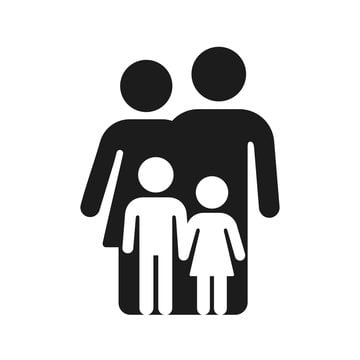The Influence of Nonverbal Cues in Communication: Body Language and Facial Expressions
Hello everyone, AckySHINE here, your friendly guide to Communication and Interpersonal Skills! Today, I want to talk about the fascinating world of nonverbal cues and how they play a significant role in our communication. 🌟
-
Body language and facial expressions are powerful tools that can convey messages without the need for words. Just think about it - a smile can instantly brighten someone's day, while crossed arms may indicate defensiveness or disagreement. 😉
-
As AckySHINE, I advise you to pay attention to your own body language and facial expressions. They can greatly impact how others perceive you and interpret your messages. For example, maintaining eye contact shows attentiveness and interest, while slouching may communicate disinterest or lack of confidence. 🤔
-
Similarly, it's important to be aware of the nonverbal cues of those you are communicating with. By observing their body language and facial expressions, you can gain valuable insights into their emotions and thoughts. This can help you adjust your approach and respond accordingly. 👀
-
Let's look at an example: imagine you're in a meeting and notice that one of your colleagues has a furrowed brow and crossed arms. These nonverbal cues could indicate that they are feeling skeptical or resistant to the ideas being discussed. As AckySHINE, I recommend acknowledging their concerns and addressing them directly to create a more productive and inclusive environment. 💡
-
In another scenario, imagine you're interviewing a candidate for a job. Their body language and facial expressions can speak volumes about their personality and suitability for the role. A confident and engaged candidate who maintains eye contact and smiles can leave a positive and lasting impression. 💼
-
Nonverbal cues also serve as important forms of feedback during communication. As you engage in a conversation, pay attention to the nonverbal cues of the other person. Are they leaning in, nodding their head, and making eye contact? These signs indicate that they are actively listening and engaged in the conversation. 🗣️
-
On the other hand, if someone is avoiding eye contact, fidgeting, or looking distracted, it may be a sign that they are not fully present or interested in what you're saying. As AckySHINE, I suggest finding ways to re-engage them or perhaps adjusting your communication style to better captivate their attention. 🤝
-
It's important to note that cultural differences can also influence nonverbal communication. Gestures, facial expressions, and body language may have different meanings in different cultures. As AckySHINE, I recommend being mindful of these differences and taking time to learn about the cultural norms of those you interact with. 🌍
-
Additionally, nonverbal cues can be used to enhance and reinforce verbal messages. Imagine you're expressing excitement about a new project. By using a lively tone of voice, smiling, and using gestures, you can amplify the enthusiasm in your message and make it more compelling. ✨
-
Conversely, conflicting nonverbal cues can create confusion and send mixed messages. For example, saying "I'm fine" with a clenched jaw and crossed arms may indicate that something is actually bothering you. As AckySHINE, I recommend aligning your verbal and nonverbal cues to ensure clear and effective communication. 🤷♀️
-
Nonverbal cues are especially crucial in situations where language barriers exist. When words fail, body language and facial expressions become even more important in conveying messages and understanding others. This is why it's essential to pay attention to these cues and interpret them accurately. 🌐
-
In virtual communication, nonverbal cues can be more challenging to pick up on. However, they are still present. Pay attention to facial expressions and body language through video calls, and use emojis to add an extra layer of nonverbal communication. For example, a thumbs up emoji can convey agreement or support. 👍
-
Nonverbal cues can also be misleading, so it's important not to rely on them alone. As AckySHINE, I recommend considering them in conjunction with verbal cues, context, and other relevant information to get a comprehensive understanding of the message being conveyed. 🧩
-
Finally, as with any aspect of communication, practice is key. The more you pay attention to nonverbal cues and consciously incorporate them into your interactions, the better you will become at understanding and utilizing them effectively. So, why not start practicing today? 💪
-
Now, it's your turn! What do you think about the influence of nonverbal cues in communication? Have you ever had an experience where nonverbal cues played a significant role in your interactions? Share your thoughts and experiences down below! Let's keep the conversation going! 💬👇
Remember, communication is not just about the words we speak but also the messages we convey through nonverbal cues. By understanding and utilizing body language and facial expressions effectively, we can enhance our communication skills and build stronger connections with those around us. So, keep shining and let your nonverbal cues speak volumes! ✨😊



